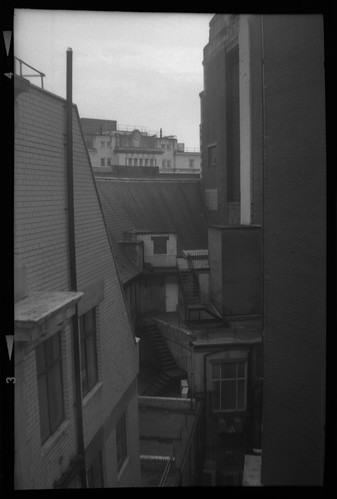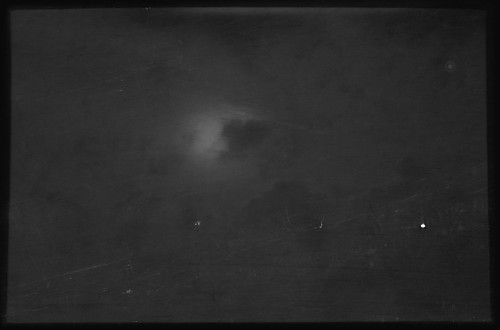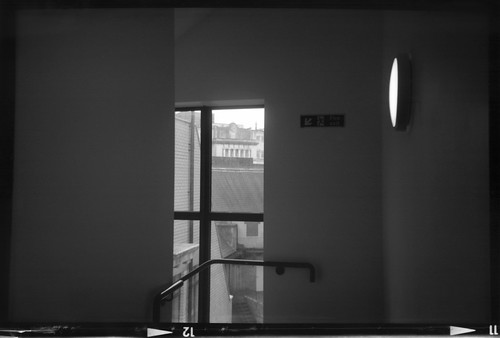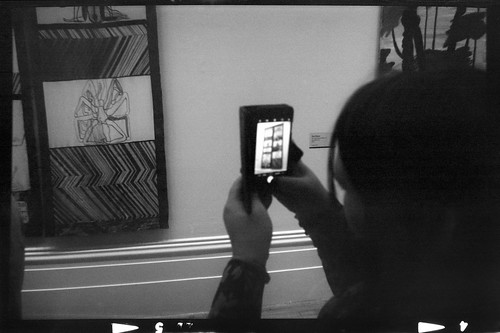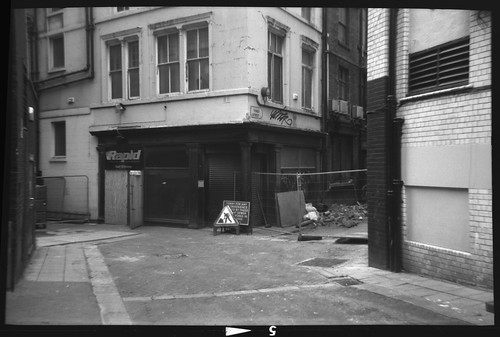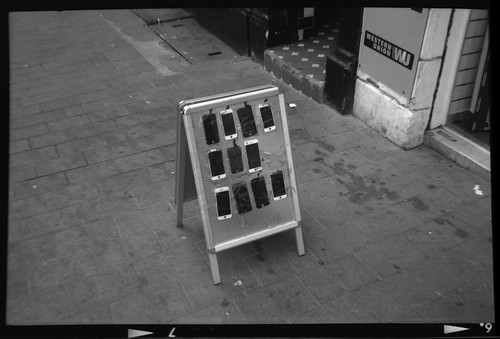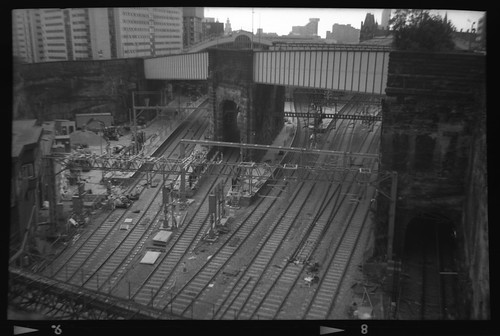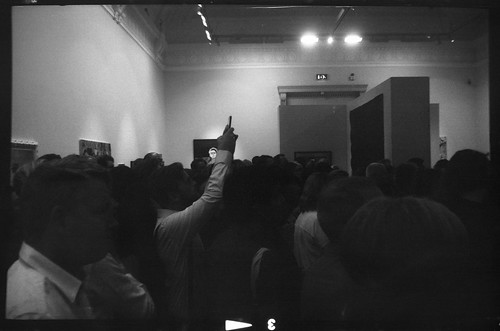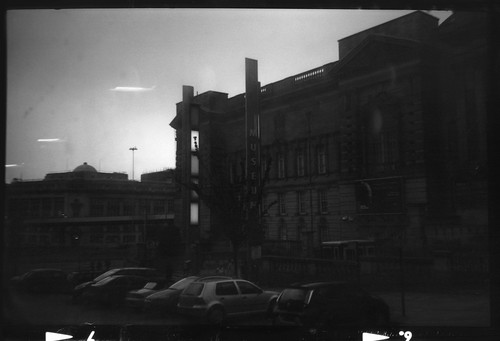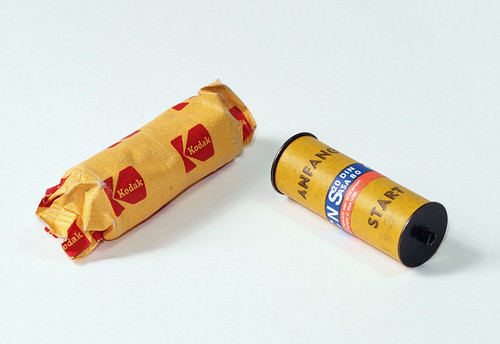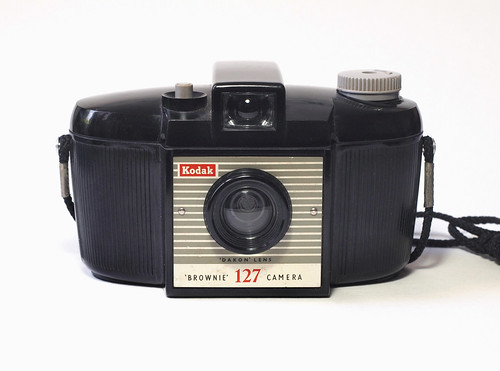 |
| Kodak Brownie 127 |
The first Brownie camera was introduced by Eastman Kodak in 1900 and continued to be used by the company for inexpensive snapshot cameras right through most of the twentieth century, into the 1980s, almost as successful a brand name as Kodak itself, the name of George Eastman's first box camera model. The initial Brownie cameras were simple box-type constructions, and the No.2 Brownie introduced 120 medium format rollfilm still in use today;
127 format rollfilm accompanied the
Vest Pocket Kodak just over a decade later, and a Brownie No.0 for 127 film followed a couple of years later. Several 127 format Brownies were produced during the following decades as cardboard gave way to metal and then plastic for the bodies of snapshot cameras, and although the use of plastics allowed for the shape of cameras to change, in essence the topography of the snapshot camera remained that of the simple box with a lens and just the two moving parts, the shutter and the film transport. The
Kodak 'Brownie' 127 is one of these cameras, first made in 1952. It was made in the UK by Kodak Ltd and produced in
millions of units (and as such is very easy to find today). My version here is the second model, first made in 1959, and produced for about four years (it is also the camera which came with a roll of exposed Kodacolor II film that I developed and posted under '
Found Film 4'). This second model is distinguished from the first version by having narrow vertical ribs on the body, whereas the first has broad and shallow horizontal steps; the second version also gives the lens the 'Dakon' name - in design terms, this appears to be a simple plastic meniscus lens. The second model was also produced in white in limited numbers for the Channel Islands, although this apparently discoloured easily; examples of the standard black model's shutter button and advance knob are often seen as a yellow-cream colour, which may be discolouring with age and, presumably, exposure to light, but on my example these are still a light grey. Two years after the second version was discontinued, a third camera with the same name was produced by Kodak Ltd, but the image format was changed to take twelve 4x4cm negatives on a 127 roll, rather than the eight 6x4cm frames of the previous two models. This last model was being made at the same time that Kodak's 126 cartridge was supplanting the 127 rollfilm for snapshot cameras; perhaps the change to the square format was not unrelated in the last Kodak Brownie 127.
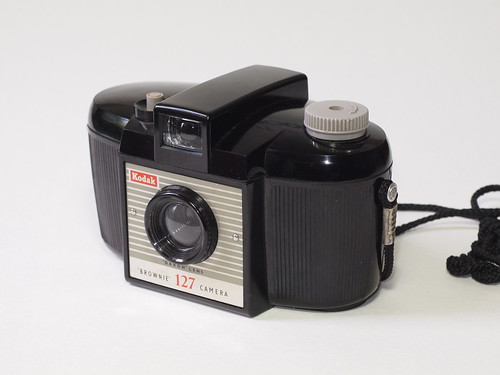 |
| Kodak Brownie 127 |
According to information available online, the Dakon lens has a focal length of 65mm and an aperture of f11 (provided by a stop behind the lens); the shutter speed
given by the manual is "around" 1/50th (some sights give this as 1/40th). In comparison to the first model, the second has a
slightly faster lens (f11 compared to f14), which may possibly be indicative of the growing popularity of colour film as the 1950s gave way to the 1960s. The lens is fixed focus and slightly wide angle for the 6x4cm format, designed to provide in-focus images from five feet to infinity, a "three-quarter length portrait" as described in the manual.
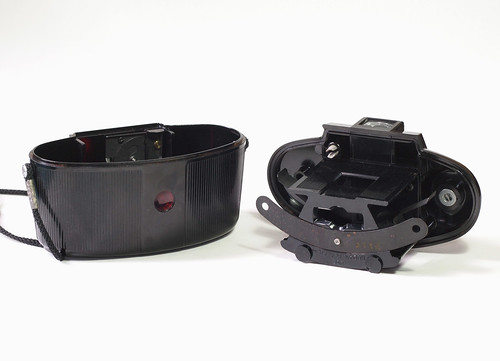 |
| Kodak Brownie 127 opening for loading |
The camera loads by removing the top section, to which the chassis that holds the film is attached, with a metal lock on the bottom; looking at the way the camera is constructed, the body is made from three pieces of Bakelite, possibly four, with the underside of the viewfinder being a separate piece inserted underneath the film carrier section. There is closely-spaced ribbing inside the As with many a camera using a cheap meniscus lens, the film path is curved (as can be seen in the image above) to compensate for its limitations, although these are still clearly evident towards the corners of photographs taken with the camera. The shutter, as seen in the detail below, is very similar to the shutter on the original Brownie camera of nearly sixty years earlier, as seen on
my post for the No.2. The round shutter button on the camera top depresses the semi-circular tab as seen below, which first tensions, then releases the shutter; the arm which connects both springs then caps the shutter as it returns once pressure is removed from the button.
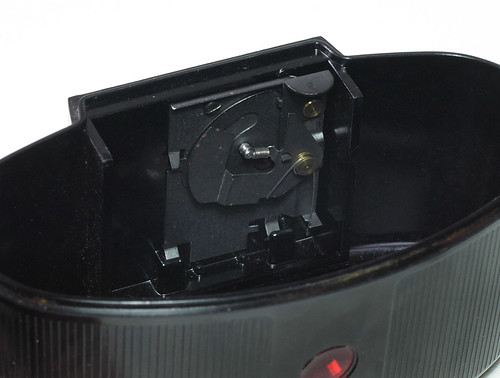 |
| Kodak Brownie 127 shutter |
As standard for a 127 camera of the time, the camera has a red window on the back for the frame numbers on the back of the film, without a cover as became more common with rollfilm cameras post-war. The viewfinder is placed centrally over the lens, meaning that parallax should only be present in one axis; with subjects being in focus from five feet or more such issues should be relatively negligible, within the parameters one might expect from a snapshot camera. It is oddly deep however, running the depth of the camera from front to back, which means that the viewfinder image, although clear, looks far away when put to the eye.
The Kodak Brownie 127 was supplemented with a handful of accessories. The body has strap lugs, and it came with a cord as a matter of course. There was a soft case for it with a shoulder strap; being squared-off in comparison to the camera body, there's plenty of room in the corners of the case for rolls of film. There were also push-fit filters and a lens hood. There was a 'portrait' close-up filter and yellow 'cloud' filter. The filter size is 28.5mm.
The choice of Bakelite as a material for camera bodies was motivated by the fact that the plastic can be easily moulded - giving rise to the Art Deco-influenced bodies of the first generation plastic cameras - and the fact that it can be sawn, drilled, machined in a number of ways. One of its drawbacks however is its relative brittleness: the top part of my camera has two chips either side of the squared-off front section, and as the raised rim the functions as a light trap is farly short, in use I've taped over the gaps as a precaution against light leaks.
Wanting to use the Kodak Brownie 127 for July's 127 Day, I tested the camera with a few short rolls of cut-down film, using the
film slitter that I'd made for the purpose. There's a certain amount of distortion which is most obvious in subjects with horizontals and verticals, as below, but the illumination across the picture plane is surprisingly good, although definition falls off towards the corners and the edges
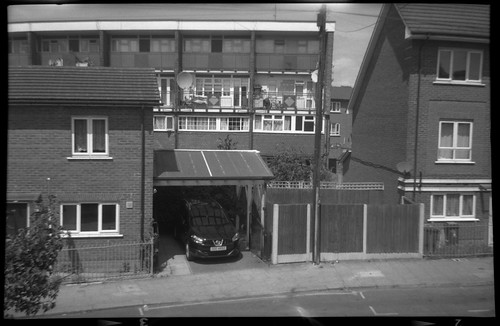 |
| Kodak Brownie 127 with Ilford HP5 Plus |
The lens is no doubt set at a hyperfocal distance, and although claims for focus and depth of field with snapshot cameras are often exaggerated, a focus distance of five feet appears to hold true, as in the shot below. Unlike the photograph above, framing the subject with the lines at diagonals hides most of the distortion.
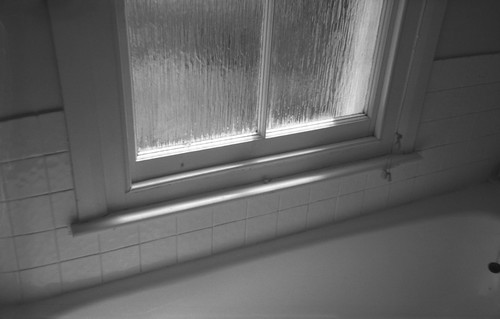 |
| Kodak Brownie 127 with Ilford HP5 Plus |
One often reads online in comments on box cameras that one should use slower films with them as these are the kind of emulsions that were around at the time, and were what the cameras were designed for. As I've written about before, this reasoning is simplistic at best. Using faster, modern emulsions expands the range of conditions that a simple snapshot camera such as the Kodak Brownie 127, but I was gratified to read the advice in the manual which states that the camera should be used with Verichrome Pan in the summer - and Tri-X for "dull winter days" - however, it warns to use colour film in "bright sunshine only", as would have been appropriate for the slow colour films at the time. In my tests, I used
Ilford HP5 Plus in sunlight, without pull-processing, and the latitude of the film provided perfectly usable results. I also shot some
FP4 Plus, and some 35mm
Ilford Mark V, which I've been rating between 25-50; this film was too slow for shadow detail as in the first image below, but gave reasonable results in full sunlight. In researching the Kodak Brownie 127 for this post, I came across a
webpage documenting an exhibition titled 'Only the Sunny Hours' from just last month curated by Cally Trench in which Kodak Brownie 127 cameras were given to a number of contemporary artists to get their responses. The test describes the camera being "so familiar to us, having been so ubiquitous" having been used by "a younger self or an older relative". This isn't my own personal experience (this would be the
Kodak Instamatic, which followed on from the discontinuation of the second model Kodak Brownie 127); however, the first paragraph of the text below could well be applied to the
found photographs that I developed from the camera - the "relatives lined up in the garden" and an apposite sentiment on which to close this post:
"The Kodak Brownie 127 camera, like a sundial, works best in bright sunlight. Sundials usually have mottoes; a typical one is ‘I tell only the sunny hours’, and this would be a good motto for a Brownie 127 too. According to my family photograph album, my childhood was a series of sunny days by the seaside or in the garden. We spent no time indoors, and there was no winter and no night. Many of these photographs show relatives lined up in the garden [...]. Everyone looks directly at the camera, warned and fully aware that they are to be photographed, their expressions composed, eyes fixed open, waiting for the button to click.
[...]
Does it matter that the photographs in this project were taken on a Brownie 127? Photography, more than any art form, often seems to need a context, a title, an explication. We want to know who, when and where. We are unwilling to accept a photograph as universal. It matters if the location is Glyndebourne or Strood, whether the sitter is Napoleon’s younger brother in 1856 (the photograph with which Barthes opens Camera Lucida), or myself as a child in 1962. So, yes, it is significant that these photographs were taken with simple vintage cameras using film, because these things affect not just the photographs that are made but also how they are received by viewers."
Cally Trench, Only the Sunny Hours
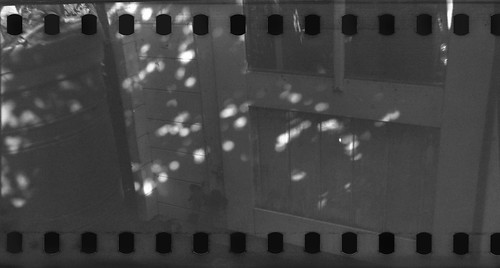 |
| Kodak Brownie 127 with 35mm Ilford Mark V |
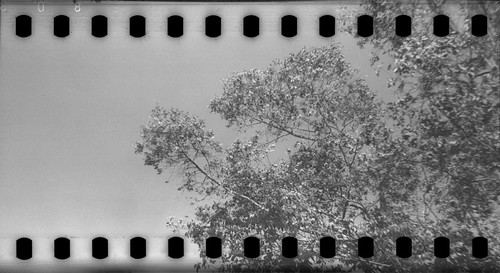 |
| Kodak Brownie 127 with 35mm Ilford Mark V |
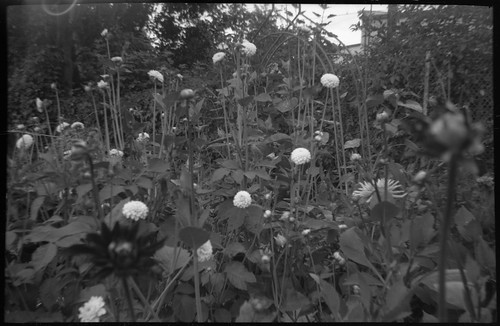 |
| Kodak Brownie 127 with Ilford FP4 Plus |
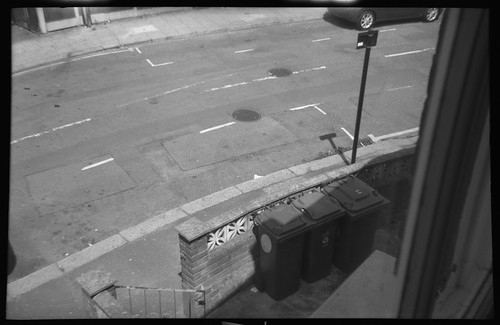 |
| Kodak Brownie 127 with Ilford HP5 Plus |
Sources/further reading:
Kodak_Brownie_127 on Camera Wiki
Brownie-Camera page on the Kodak Brownie 127 model II
Onetwosevenorg on the Kodak Brownie 127
Kodak Brownie 127 (model II) manual (PDF)
Fantastic plastic: Moments from a Kodak Brownie 127 Raymond Parker Photo
Kodak Brownie 127 on CameraShiz
Cally Trench, Only the Sunny Hours
